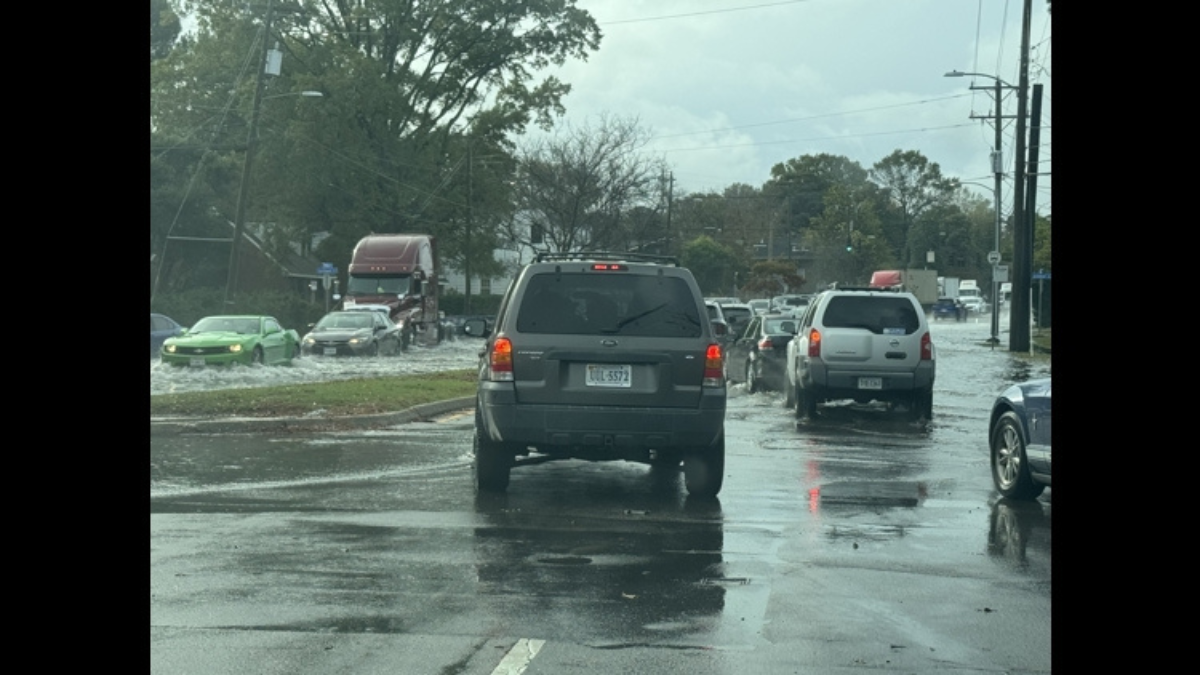Nebraska Tornado, a state known for its vast plains and unpredictable weather, frequently experiences tornadoes. These violent storms cause immense destruction and pose a significant risk to residents. Understanding the causes, history, and safety measures associated with Nebraska tornado events is crucial for preparedness and response.
What is a Tornado?
A tornado is a rapidly rotating column of air that extends from a thunderstorm to the ground. It is one of nature’s most violent phenomena, capable of causing widespread destruction within minutes. Tornadoes in Nebraska typically form during severe thunderstorms when warm, moist air collides with cool, dry air, creating instability in the atmosphere.
The History of Tornadoes in Nebraska
Nebraska lies in the heart of Tornado Alley, a region in the central United States known for frequent and powerful tornadoes. The state has witnessed some of the most devastating tornadoes in U.S. history. Below are some significant tornado events in Nebraska’s history:
The Grand Island Tornadoes (1980)
One of the most destructive tornado outbreaks in Nebraska occurred on June 3, 1980, in Grand Island. Seven tornadoes touched down within a few hours, causing extensive damage and multiple fatalities. This event remains one of the most studied tornado outbreaks due to its unusual characteristics, such as the slow-moving nature of the storms.
The Hallam Tornado (2004)
On May 22, 2004, Nebraska experienced its widest tornado ever recorded, with a staggering width of 2.5 miles. The town of Hallam was almost entirely destroyed, and one person lost their life. This tornado reached F4 intensity on the Fujita scale, with wind speeds exceeding 200 mph.
Pilger Twin Tornadoes (2014)
A rare and terrifying sight unfolded on June 16, 2014, when twin tornadoes struck the small town of Pilger, Nebraska. The EF4 tornadoes destroyed nearly 75% of the town, causing two deaths and injuring several others. This event was a stark reminder of the destructive power of tornadoes in Nebraska.
Why is Nebraska Prone to Tornadoes?
Several factors contribute to Nebraska’s high frequency of tornadoes:
- Geographical Location: Nebraska is situated in Tornado Alley, where warm, moist air from the Gulf of Mexico meets cold, dry air from Canada, creating perfect conditions for tornadoes.
- Spring and Summer Seasons: Tornadoes are most common from April to June, when the atmospheric conditions are most volatile.
- Flat Terrain: The state’s flat landscape allows storms to build up without obstructions, increasing the likelihood of tornado formation.
The Science Behind Tornado Formation
Understanding the science behind tornadoes can help residents stay informed and prepared. The tornado formation process involves:
Supercell Thunderstorm Development: Strong updrafts in a thunderstorm create rotating air masses.
Wind Shear: Differences in wind speed and direction at different altitudes cause horizontal rotation.
Mesocyclone Formation: A rotating column of air within a thunderstorm.
Tornado Genesis: The rotation tightens and extends downward, forming a tornado.
Safety Tips for Surviving a Nebraska Tornado
Knowing how to prepare for and respond to a Nebraska tornado can save lives. Here are essential safety tips:
Before a Tornado Strikes
- Stay Informed: Monitor weather alerts via NOAA weather radio, TV, or mobile apps.
- Prepare an Emergency Kit: Include food, water, flashlights, batteries, and a first-aid kit.
- Identify a Safe Shelter: Basements, storm cellars, or interior rooms without windows provide the best protection.
During a Tornado
- Seek Shelter Immediately: If indoors, go to the lowest level of the building. If outdoors, find a low-lying area and cover your head.
- Avoid Windows and Doors: Flying debris is a leading cause of tornado-related injuries.
- Use Protective Covering: Blankets, mattresses, or helmets can provide additional protection.
After a Tornado
- Wait for Official Updates: Do not leave your shelter until authorities declare it safe.
- Avoid Downed Power Lines: Assume all downed lines are live and dangerous.
- Assist Others: Check on neighbors, especially the elderly or disabled.
The Role of Technology in Tornado Prediction
Advancements in meteorology have improved tornado forecasting, reducing fatalities and injuries. Key technological developments include:
- Doppler Radar: Detects wind rotation within storms, providing early warnings.
- Storm Spotter Networks: Trained individuals provide real-time tornado observations.
- AI and Machine Learning: Enhances predictive models for more accurate forecasts.
Economic and Social Impact of Nebraska Tornadoes
Tornadoes in Nebraska not only cause loss of life but also lead to economic and social challenges.
- Property Damage: Homes, businesses, and infrastructure suffer extensive destruction, leading to costly repairs.
- Insurance Costs: Tornado-prone areas face higher insurance premiums due to frequent claims.
- Community Displacement: Many residents are forced to relocate, disrupting communities and livelihoods.
How to Prepare for Future Tornadoes in Nebraska
Being prepared is the best defense against the destructive force of tornadoes. Steps to enhance preparedness include:
- Strengthening Building Codes: Reinforced structures can reduce damage.
- Community Education Programs: Raising awareness about tornado safety measures.
- Investment in Early Warning Systems: Improved alert systems can save lives.
(FAQs)
Q: How many tornadoes hit Nebraska each year?
A: Nebraska experiences an average of 50 to 60 tornadoes annually, with peak activity occurring in the spring and early summer months.
Q: What is the most powerful tornado ever recorded in Nebraska?
A: The Hallam Tornado of 2004, with a width of 2.5 miles, is considered one of the most powerful and destructive tornadoes in Nebraska’s history.
Q: How can I stay safe during a Nebraska tornado?
A: Seek shelter in a basement or interior room, stay informed through weather alerts, and use protective covering like helmets or mattresses to shield yourself from debris.
Q: What should I include in a tornado emergency kit?
A: A basic tornado emergency kit should include non-perishable food, water, flashlights, extra batteries, first-aid supplies, and a NOAA weather radio.
Q: Are Nebraska tornadoes becoming more frequent?
A: While there is variability in tornado activity from year to year, climate change and weather pattern shifts may influence tornado frequency and intensity in the future.
Conclusion
Tornadoes are an inevitable part of life in Nebraska. Understanding their causes, history, and safety measures is essential for minimizing risks. By staying informed, preparing emergency kits, and following safety protocols, residents can protect themselves and their families from the devastating impact of a Nebraska tornado.



